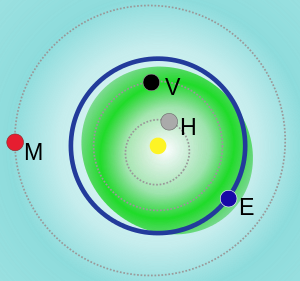Scientific American - Record-setting "near miss" of Earth dramatically shifted tiny asteroid's orbit
On February 4 an asteroid (called 2011 CQ1) had a record-setting "near miss" of Earth out over the Pacific. It's orbit was dramatically shifted much like some of our space missions have been "gravity assisted" or "slingshot maneuvers" have been used in the past; first Mariner 10, then Voyager 1, Galileo, Ulysses, Messenger, finally Cassini have all used the maneuver to increase the speed of the crafts, or to change their courses, sometimes after completing their work in one rendezvous, enabling them to go on to another destination to complete a mission.

On February 4 an asteroid (called 2011 CQ1) had a record-setting "near miss" of Earth out over the Pacific. It's orbit was dramatically shifted much like some of our space missions have been "gravity assisted" or "slingshot maneuvers" have been used in the past; first Mariner 10, then Voyager 1, Galileo, Ulysses, Messenger, finally Cassini have all used the maneuver to increase the speed of the crafts, or to change their courses, sometimes after completing their work in one rendezvous, enabling them to go on to another destination to complete a mission.




